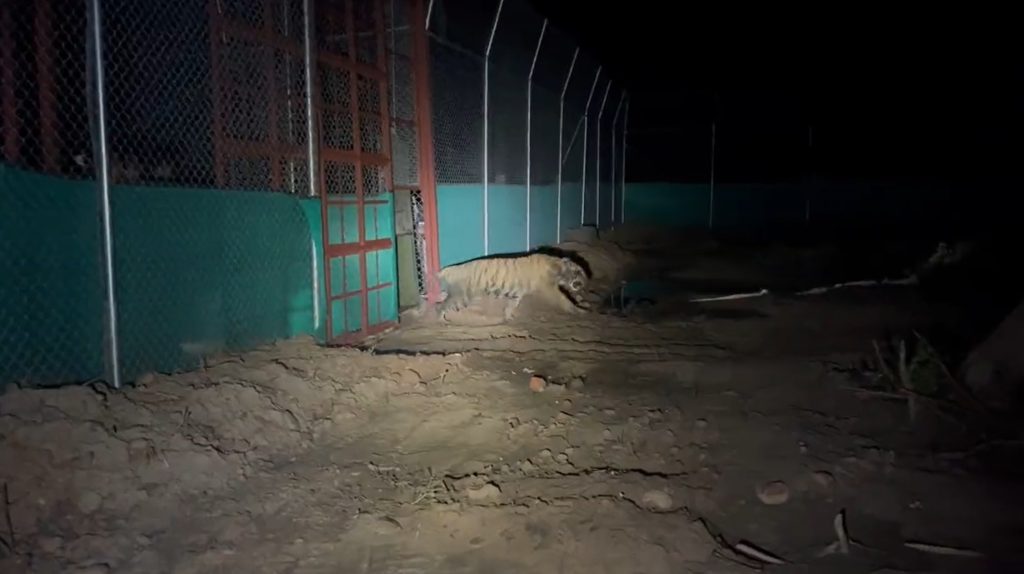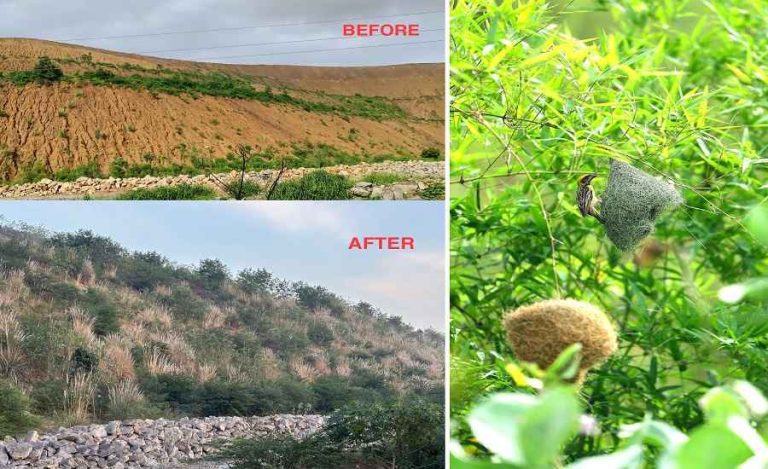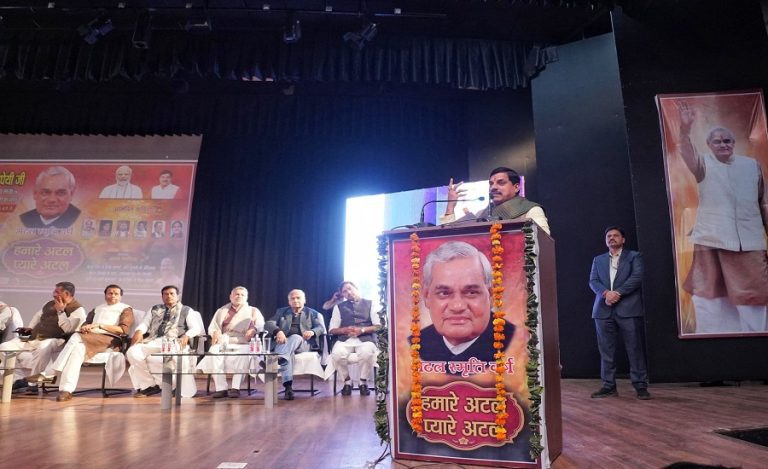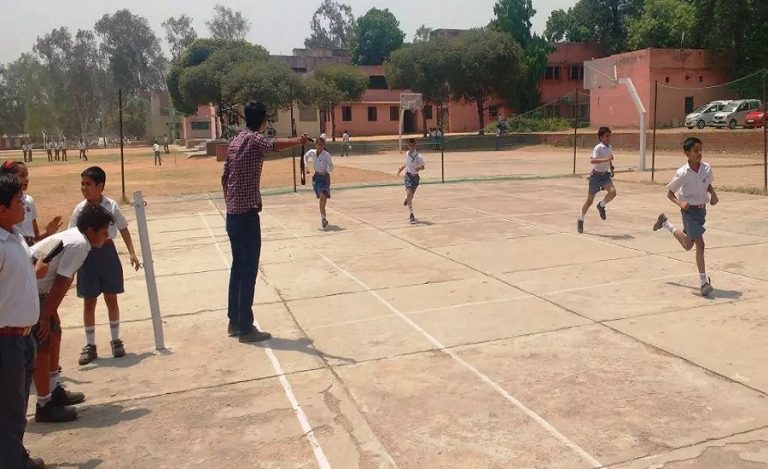There was a time when tigers went missing from the Sariska Tiger Reserve in Alwar, Rajasthan. “Where are the tigers of Sariska?”, was the question on everyone’s lips in Rajasthan, and also in Delhi NCR, as Sariska was a popular weekend getaway for people of this region.
Over the years, much research has been done, heads have rolled, experts have been brought in, and with the combined efforts of all, tigers are being relocated from Ranthambore Tiger Reserve to Sariska. Whenever a new tiger is brought in, naturally, it piques the interest of wildlife lovers.
As recently as October 14, there was another translocation of a tiger from the Ranthambore Tiger Reserve to the Sariska Tiger Reserve. The name of this tiger was T-113 in Ranthambore, but in Sariska, it has been renamed ST-29. The tiger was first tranquilized, medically examined, and then transferred to Sariska Tiger Reserve by road. And, the buzz is, a tigress will also be translocated soon in the coming months.
Now, along with T-113, a total of 25 tigers reside in Sariska.
Indian Masterminds interacted with 2012-batch IFS officer and DCF, Tiger Project at Sariska, Mr. Devendra Pratap Jagawat, to get more details.

T-113 TO ST-29
The name of the tiger in Ranthambore was T-113. But, in Sariska, it was renamed ST-29, after it arrived on 14 October. Soon, a tigress from Ranthambore might also join him. Now, there are 25 tigers in Sariska Tiger Reserve with the latest addition of T-113.
And, whether the number will go up depends on mating. “Once the tigress will come from Ranthambore, we will keep her with this male tiger. That’s why we expect their number to increase in the next one year,” said Mr. Jagawat.
After translocation, the tigers are first kept in enclosures. Thereafter, they are set free under the soft release programme. This is a technique often included in reintroductions to try and improve the success rate by providing animals with an easier or more gradual transition to the wild.
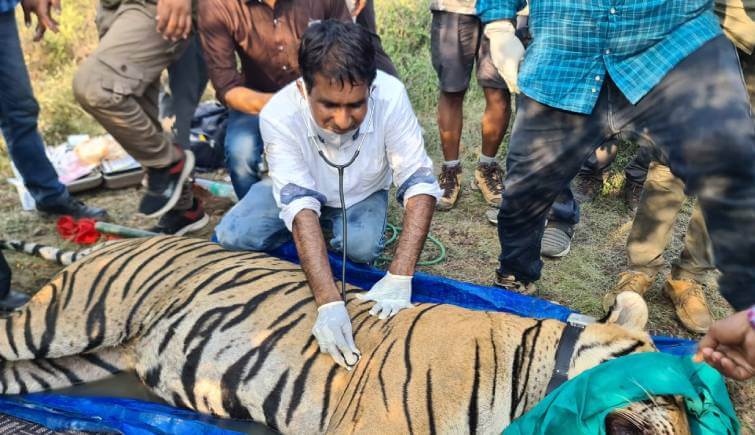
POACHING REDUCED
Taking lessons from the past, and to ensure the safety of the tigers, the Reserve officials are taking utmost precautions. Poaching is still a scare, although in the last two years, incidents of poaching have reduced.
“To stop poaching, our main focus has been on increasing patrolling. Regular patrolling has been improved and night patrolling has been modernized. Then there’s a flying squad, which decides its route and patrols for the entire seven days well beforehand. We also take the villagers into confidence and they provide us with information about any poachers in the area. We call these villagers our local force and reward the informers for the tipoffs,” Mr. Jagawat said.
PROJECT TIGER
Most of the work for tiger conservation is being done under Project Tiger. “In last two years, we have done some good work through Project Tiger, especially in water management and village relocation. In water management, we installed solar pumps at strategic points to supply water to water holes,” Mr. Jagawat said. Earlier, the water holes used to be filled up artificially, using pipelines that had to be laid over a long distance, often resulting in damages or breakages.
Village relocation, too, is being successfully carried out by the Reserve authorities. This is done to get vacant land to provide a dedicated space to wildlife. Mr. Jagawat said, “Last year, two villages were relocated, and the relocation of one more village will be completed in a few days. However, we make sure that until all the people of the village agree, we do not move forward on the relocation strategy.”

WHY TRANSLOCATION WAS NECESSARY
In the past, too, there have been numerous attempts to move tigers to Sariska, and nine tigers in all, excluding the most recent one, have been moved from Ranthambore Tiger Reserve. There are many reasons for this translocation. Reportedly, the majority of big cats in Sariska have aged. Before the translocation, there were 24 tigers, including 10 females, seven males and seven cubs. Three tigresses, ST-10, ST-12, and ST-22 are currently moving in the northern section of STR alone, with no male tiger with them.
Moreover, tigresses that were previously shifted from Ranthambore, like ST-3 and ST-5, have never given birth to cubs. Given that they are already close to 10 years old and have not yet given birth to any litter, the tigresses ST-7 and ST-8 may share the same destiny.
As a solution, the relocation of at least one male and two female breeding tigers is crucial to Sariska.
RANTHAMBORE VIS-A-VIS SARISKA
Ranthambore, spread over 1,334 sq km in Sawai Madhopur district, has 78 big cats – 32 female and 26 male. Rests are sub-adults and cubs. Since Ranthambore is rich in habitat and prey base, the number of tigers is higher there.
Sariska Tiger Reserve is a tiger reserve in Alwar district, Rajasthan, India. It stretches over an area of 881 km2 (340 sq mi) comprising scrub-thorn arid forests, dry deciduous forests, grasslands, and rocky hills. This area was a hunting preserve of the Alwar state and was declared a wildlife sanctuary in 1958. It was given the status of a tiger reserve making it a part of India’s Project Tiger in 1978. The wildlife sanctuary was declared a national park in 1982, with a total area of about 273.8 km2.
An important biodiversity area in the Northern Aravalli leopard and wildlife corridor, Sariska is the first reserve in the world with successfully relocated tigers.

